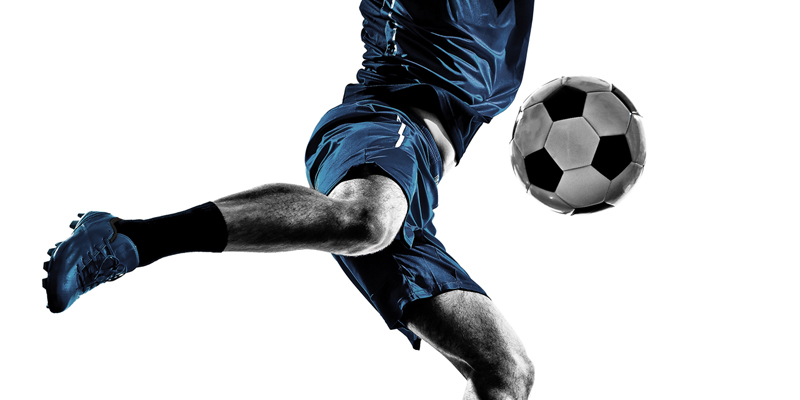Pitfalls of the weekend warrior & how manual therapy can keep you in the game.
By Matt Thompson,
QubeCore RMT
Most of us know what a “weekend warrior” is: Oxford Dictionary defines it is – a person who participates in an activity only in their spare time. Now let me script a scenario for you and let me know if its sounds somewhat familiar?
Your true youth and young adulthood have long been in the rear-view mirror. During those years you were a highly active individual, playing at a competitive level in numerous sports and possibly going as far as playing at the collegiate or varsity level. Now you spend 40+ hours of your week chained to a desk sitting and have been doing so for the past decade or more. Sound familiar?
During your youthful years you managed to lay down tens of thousands of repetitions for your said sport or activity. The body being as amazing as it is, more specifically your nervous system has not forgot how to fire those neurons and tell your body how it uses to move. No different than the cliché “It’s like riding a bike” BUT all your soft tissues (muscles, tendons and ligaments) have not been put under that type of load or movement in near the same frequency, intensity or duration as you did in your past.
Another amazing thing the human body can do is adapt. However, its adaptive capabilities are what is about to send you to QubeCore for some manual therapy! This is where the body adapts to and what you might have heard of before as activities of daily living or ADL’s. ADL’s for the most part never use joints or soft tissues through its full range of motion (ROM) like many sports do. Unfortunately, one of the most common ADL’s for people these days is sitting more specifically sitting for long periods of time.
Let us look at a few negative adaptations from sitting at a desk specifically:
• Hips flexed to 90o resulting in shortened hip flexors
• Lumbar spine flexion from poor sitting posture or chair ergonomics resulting in the potential for disc issues.
• Excessive thoracic spine flexion from poor sitting posture resulting in weak and inhibited upper back muscles, decreased ROM of the shoulders and excessive rotational load (twisting) of the lumber spine.
• Internally rotated (turned in) and protracted (pushed forward) shoulders resulting in short and tight chest muscles with the potential for nerve impingement leading to numbness and tingling in the arms and hands.
• Head forward posture resulting in excessive load on the cervical spine and chronic tension headaches.
I will stop there as that is just a few of the potential issues spawning from desk work.
Now that your body has made those unfortunate adaptations and you are racing out of work to go sit again during your commute to play your rec sport and you hit some traffic and are now running late. Not that you were the greatest at warming up in your youth you most certainly do not have the time to warm up today. Let’s add a couple more layers to this: your team is down a couple players so you won’t get subbed off and to make it a perfect storm for injury it 4 degrees, raining outside and your sport is soccer.
The human body is meant to move period! Ever facet of our evolutionary past is based around movement, so keeping the “wheel greased” is essential for our health and well being. As mentioned before full ROM is crucial to maintain proper joint and soft tissues function. The problem with soft tissue shortening and loss of ROM due to adaptation from sitting or inactivity is it can be extremely hard to regain that proper mobility with out some help. This is where manual therapy in its many forms from different practitioners can help you regain full ROM leading to healthy supple tissue.
Here is a short list of some of the benefits of receiving manual therapy.
• Increased blood flow to tissue resulting in improved metabolic function.
• Increased soft tissue extensibility resulting in increased ROM.
• Decreased muscle tension resulting is less tension headaches.
• Stimulation of the lymphatic system resulting in improved circulation of metabolic by-products.
• Increased joint ROM resulting in proper joint nutrition and reducing the potential for osteoarthritis.
• Decreased overall stress.
The frequency at which you should receive manual therapy is very subjective. There are a multitude of factors that can contribute to that equation. Age, activity level both past and present, previous injuries, occupation, fitness or sports goals to name a few. Therefore, I strongly suggest coming into and seeing one of the many skilled practitioners at QubeCore. They will without question: listen to you, educate you and help you with manual therapy and the many other treatment modalities to “keep you in the game”
Good luck and keep moving!

